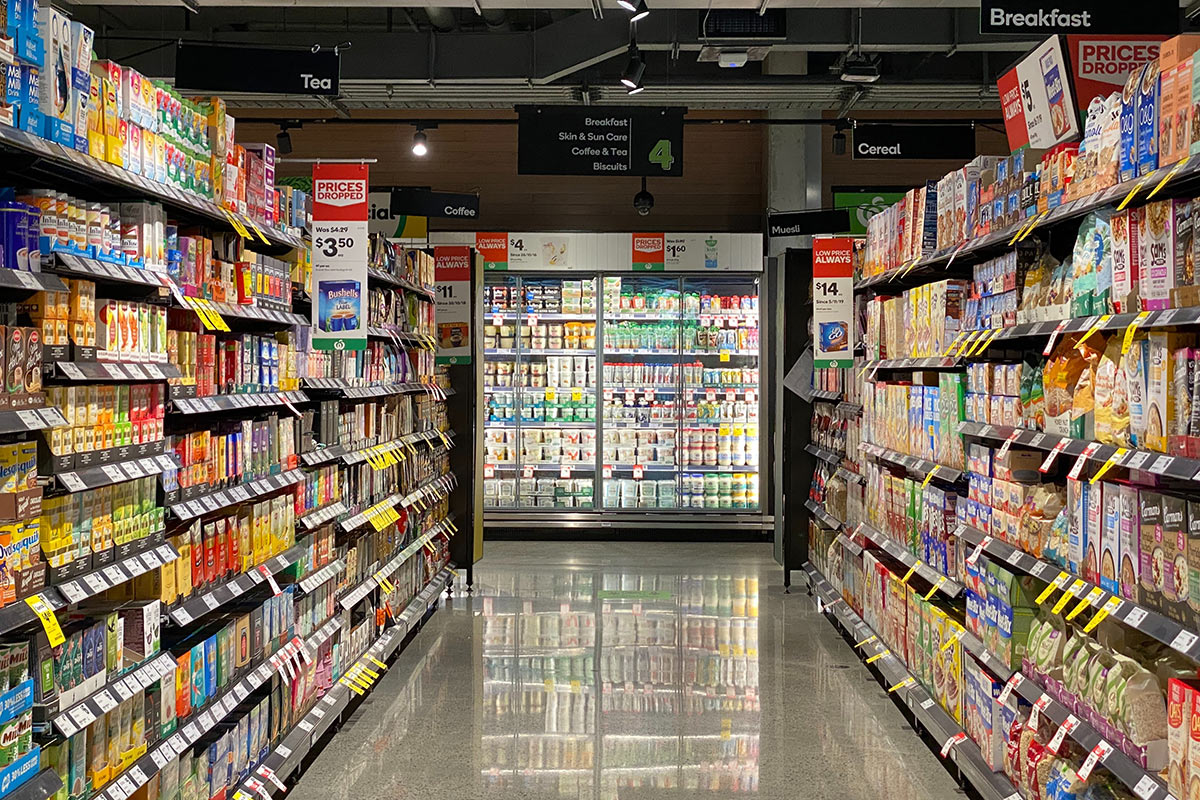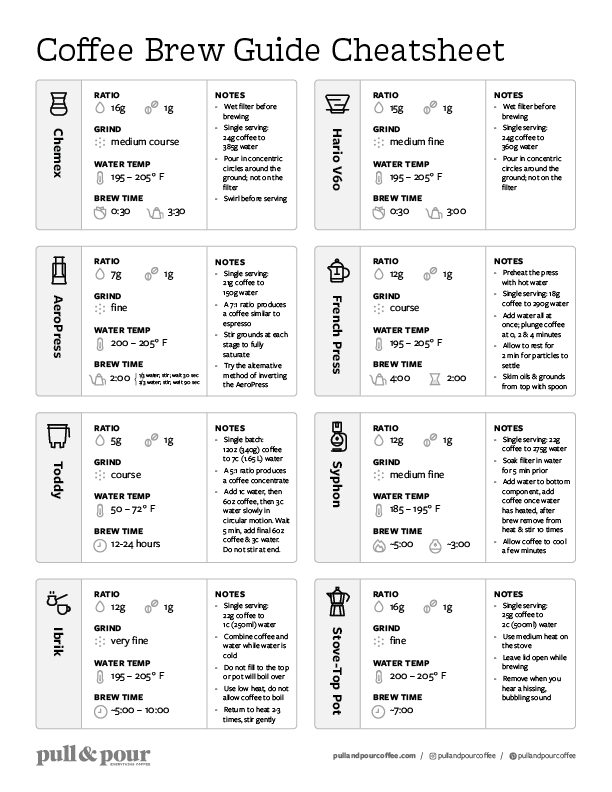When you walk down the aisle at the supermarket it’s overwhelming the number of coffee options with their brightly designed bags. Or when you start to google for online coffee options, the options seem endless without any clear information about what is actually important to look for. If you are new to the world of coffee, especially specialty coffee, it can be difficult to know how to make the best choices when buying coffee.
Table of Contents
The Fresher the Better—But Don’t Lose Sleep Over It
Freshness refers to the time since the coffee was roasted and in general, the fresher the coffee, the better. Here is a general guide when it comes to coffee and freshness:
- Within a month of roasting: Ideal time window to drink the coffee and when it will be at its freshest and will taste the best
- Within three months of roasting: Many coffees, especially lighter roasted coffees, will continue to maintain their quality in the 4-12 week range, though some complexity may be lost.
- Between 3-6 months of roasting: At this point many coffees will lose some of their complexity and “specialness,” but may still taste okay. Some coffees will definetly stale in this period though.
- 6+ months after roasting: Most coffees will be stale. They won’t necessarily be bad, but they won’t be anything like what they were initially after roasting.
I have found coffees that are roasted lighter and are brighter in profile lose their full complexity within a few weeks, but then maintain their remaining quality fairly well for a few months. Darker roasts & richer coffees can hold up for a few weeks fairly well, but then get stale more quickly if left a longer amount of time.
What this means for you
Try to buy coffee as fresh as possible (as close to the roast date) and use it within a few weeks, if possible.
Want an easy way to discover amazing coffee?
Check out the free Pull & Pour Coffee Club to receive a weekly text with one of my favorite coffees at the moment straight to your phone. Check it out
The Best & Worst Places to Purchase Coffee
As a coffee consumer, there are many places you can go to purchase your coffee. All places are not equal though when it comes to coffee quality and freshness. Here are some general tips when trying to navigate the best places to purchase from.
Buying at the Supermarket
The supermarket is likely the most convenient place to purchase coffee since you’ll already be there for your groceries. It likely is one of the worst places to purchase coffee though. The coffee on a supermarket shelf is likely already a few weeks, potentially months, off roast by the time you purchase it. As mentioned in the previous section, you ideally want to drink your coffee within the first week months, if not weeks, off roast. When you purchase from the grocery store this is almost impossible to do. Most coffee bags at the grocery store also use “Best By” date vs. roast dates, which is confusing and really means nothing because there is no standard for the length of the best by date it can be anywhere from 3 to 12 to 18 months depending on the roaster.
What this means for you
Be very wary buying coffee from the grocery store. If you do, pay attention to roast date vs. best by date. I have a previous article I wrote about picking a coffee based on the bag and what to look for that could be helpful.
Buying Online
There are a lot of online options when it comes to buying coffee—an overwhelming number in fact. It is hard to know which companies and roasters are the best to buy from in the sea of Google results. Here are a few tips when navigating buying coffee online:
- Find the right price point. You shouldn’t buy the super cheap coffee online, but you don’t necessarily need to purchase the most expensive (more on how much you should expect to spend below).
- Don’t buy from Amazon. There are a lot of coffee options on Amazon and it can be tempting for the same reason the supermarket can be—it’s convienent. The problem with Amazon though is the same as the supermarket, but worse. The coffee you’ll be getting from Amazon has likely been sitting in their warehouse for awhile and is already weeks, if not months, off roast.
- Get in touch with the company/roaster. One of the benefits of social media is that it has made a lot of these roasters and companies more accessible. A quick DM allows you instant access to roasters where you can get tips on the best coffee based on your preferences or preferred brew method.
- Use an online subscription. Online subscriptions like Mistobox, Atlas or Crema.co offer a great way to try a curated selection of roasters and/or coffee origins. There are also great subscription options through individual roasters that many times offer a discount in price if you subscribe.
What this means for you
Buying online can be overwhelming at first, but if you use the tips above, it can offer a great way to try a variety of fresh, high-quality coffee. If you ever have questions, always feel free to reach out and I’d be happy to help point you in the right direction.
Want an easy way to discover amazing coffee?
Check out the free Pull & Pour Coffee Club to receive a weekly text with one of my favorite coffees at the moment straight to your phone. Check it out
Buying Local
Buying from local roasters is one of the best options when purchasing coffee. Doing so offers a variety of benefits, including:
- It helps your local business,
- You have the opportunity to try a coffee in the café before purchasing an entire bag,
- You can talk with a barista about the coffee options to find the one that would fit your preference best,
- It is more likely to be fresh,
- It helps to lower yoru carbon footprint
What this means for you
If you have a good local coffee roaster, this is one of the best options. It helps your local business and allows you to try a coffee before buying.
Avoid Pre-Ground Coffee
If at all possible, you want to avoid purchasing pre-ground coffee (especially if you are purchasing from a grocery store or Amazon). Coffee loses a lot of its aromatics and freshness within hours of grinding, so it is always better to grind on demand, if it at possible. If you don’t have access to a coffee grinder and aren’t interested in purchasing one, I’d suggest buying whole bean coffee and have a local roaster grind it, so it at least hasn’t sat ground on a shelf for a few weeks.
One important thing to note with grinders though: if you decide to grind at home, be sure to use a burr grinder vs. a blade grinder. A blade grinder creates a mix of fine powder and bigger chunks which causes a lot of issues when brewing (uneven extraction, inconsistency when brewing, etc.). If you decide to grind at home, be sure to use a burr grinder.
How Much Should You Spend?
So you’ve made it to the end of the post with tips on making better choices when buying coffee and now are thinking “how much is this going to cost me?!” You don’t need to spend an arm or a leg to get great coffee, but if you are used to the $6 bag from the supermarket, you’ll likely need to reset expectations just a bit. I think $12-18 per 12oz bag is likely the sweet spot for specialty coffee. There are some that cost much more than this, but especially if you are new to specialty coffee, you’ll be able to find plenty of options in that range that will exceed your expectations. Here are a few tips on ways you could potentially save a bit more as well:
- Blends (blends are bags fo coffee that mix more than one coffee together vs. single origin coffees, which are from a single country, region and/or farm) are generally less wild and exciting (more balanced and approachable), but are usually less expensive than single origin options.
- Many roasters offer discounts if you susbcribe at a regular interval.
- Many local shops will offer discounts one day a week. Check out your local shops to see what discounts they may offer.
Conclusion
Buying good coffee can sometimes feel like navigating your way through the Minotaur’s maze; it doesn’t have to though. By following a few key tips above, you can make sure you make better choices when buying coffee to ensure you are always drinking coffee that is fresh, high-quality, and at the right price point.
Photo Credit: Unsplash (Franki Chamaki)

